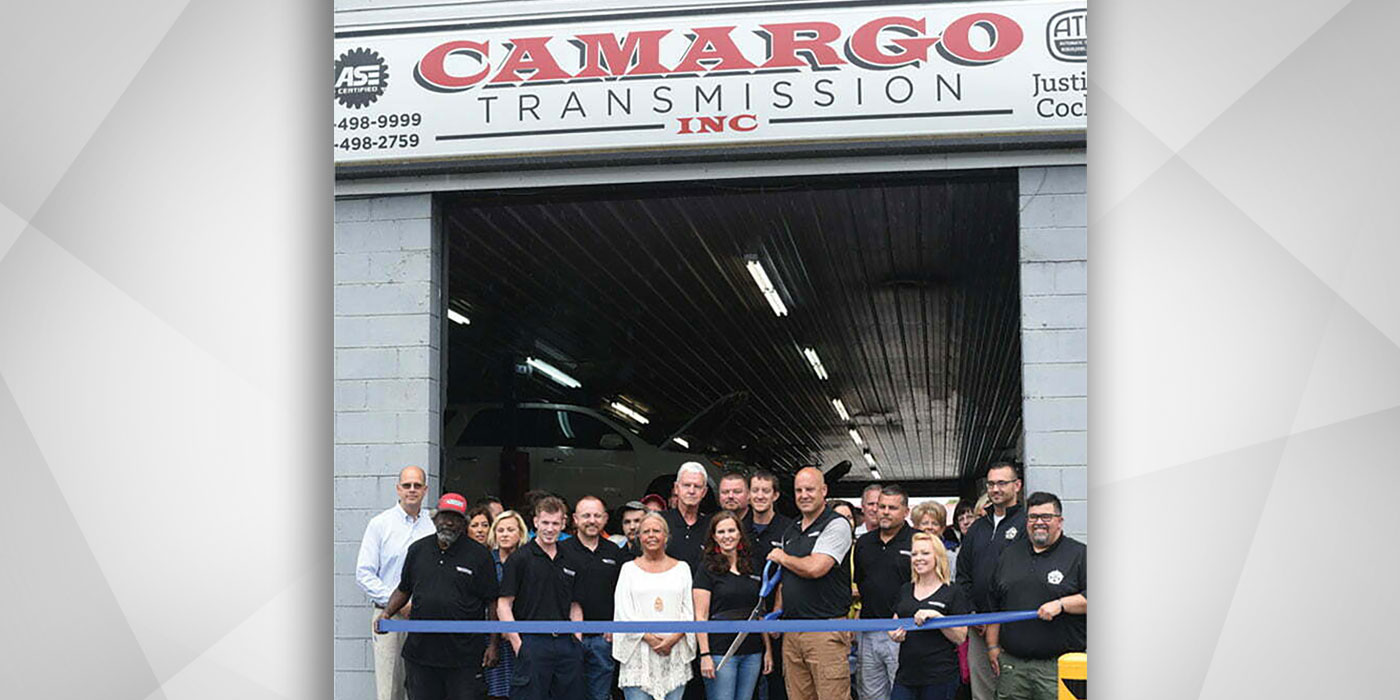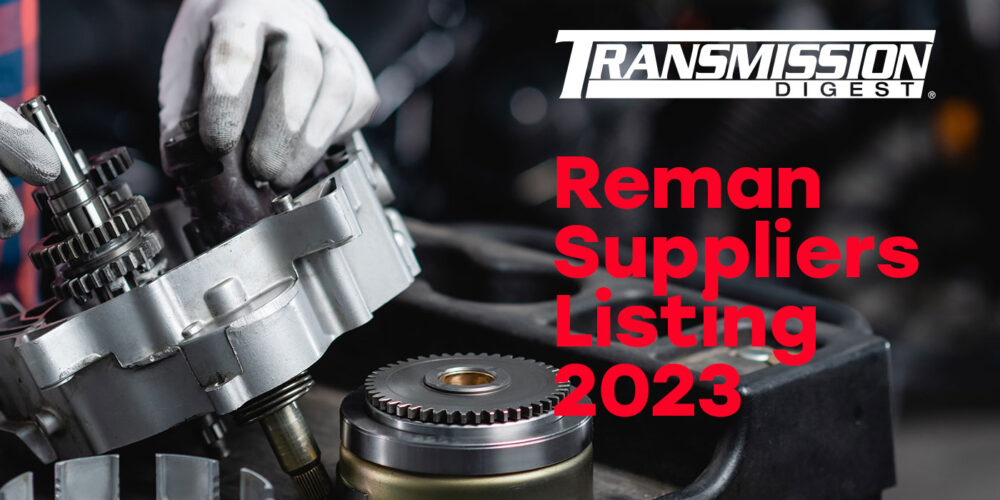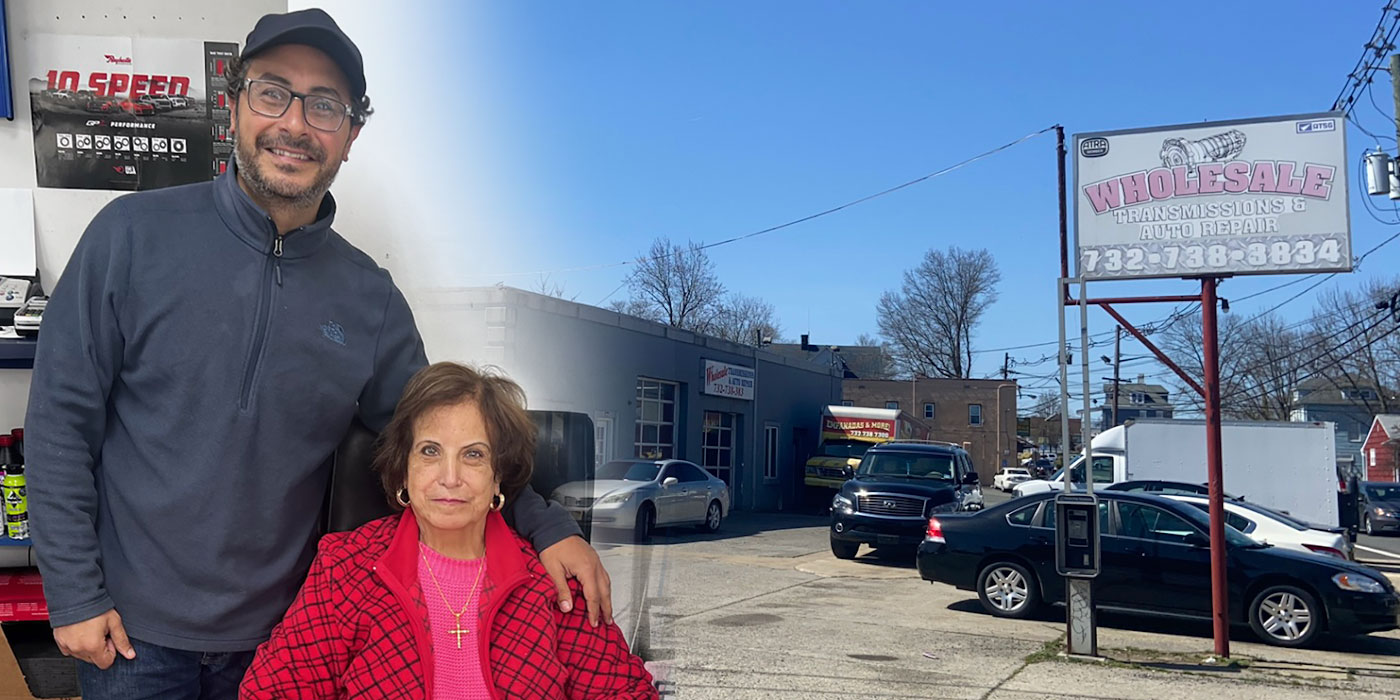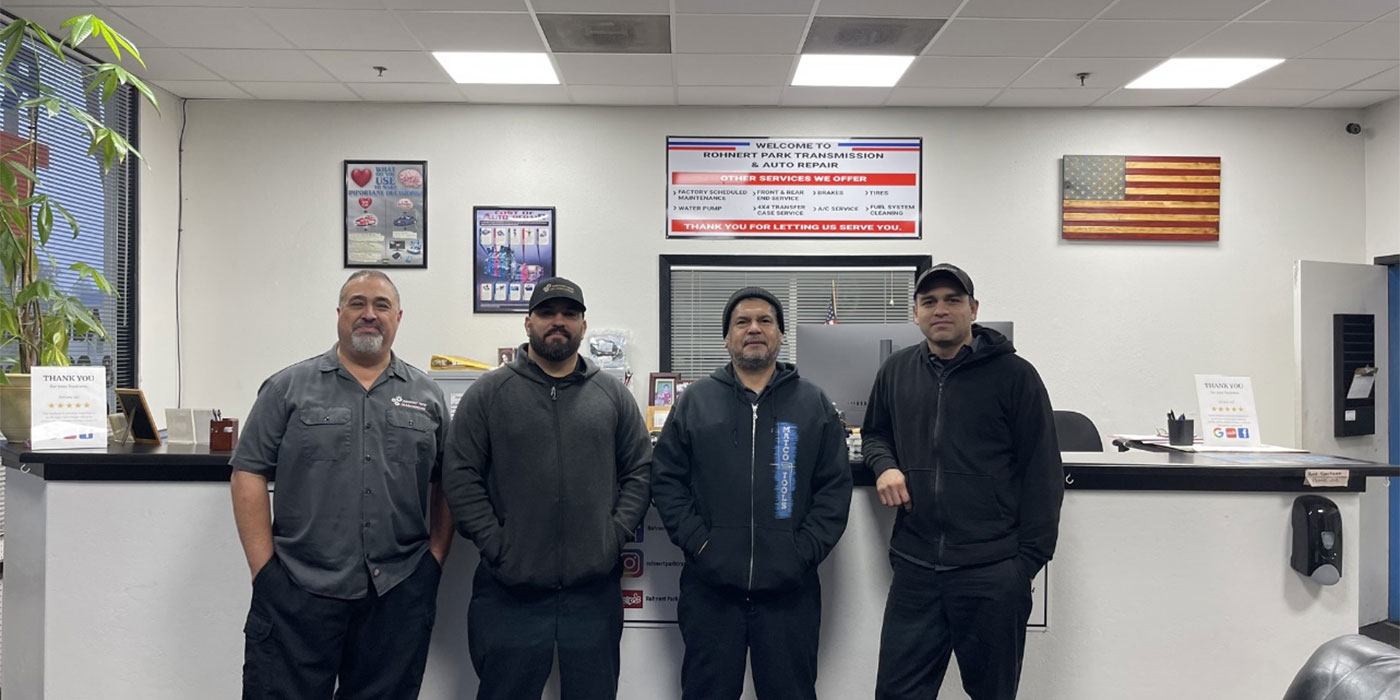
It’s Your Business
- Author: Terry Greenhut
- Subject Matter: Hiring process
- Issue: Choosing the best person for the job
Ninth in a series
Hopefully your recruiting effort brings you a number of qualified applicants for any job you have available. Your next challenge will be to choose the best person or people from those candidates.
Often, in our business, short interviews are conducted and not in a very professional manner. I’ve watched transmission shop owners trying to conduct a hiring interview while rebuilding a transmission on the bench or while trying to wrestle one into a car. How much can they be concentrating on the interview while working on something so technical, and what kind of a message are they sending to these prospective employees?
The best and the brightest need to see that they are applying to a really sharp company, not one that won’t even spend the time to properly interview them. It’s all about setting the tone and making applicants feel that they are applying for a truly great position. Remember that you are trying to sell the job to the prospect at the same time he or she is trying to sell you on becoming your employee. You expect them to show up for the interview putting their best foot forward; they expect to walk into a professional environment that makes them feel they’ve come to the right place.
Preparation
To conduct successful interviews it would be best to establish an agenda beforehand so you can make better use of your time and learn as much about the prospect as possible to help you make the most informed decision. The first agenda item should be the environment in which you will conduct the interview.
Unfortunately in too many automotive shops the owner’s office has become a catch-all for any items that have no place else to be. To interview in that setting sends the message that it’s OK to work sloppily in this shop. Obviously the wrong message. If you are going to invite prospects, existing employees or customers into your office, make it the showplace that instills confidence in you and your business. It doesn’t have to be elegant, just neat, clean and well organized. Get rid of all the clutter and clean it regularly. That would probably make it smell better too.
Have a comfortable chair available for the prospect that puts you both at the same eye level. You don’t want to dominate by being taller or allow the prospect to gain control by you being shorter.

Preliminaries & listening
Greet the prospect with a smile, introduce yourself, and offer a firm handshake; not a bone crusher, but a handshake that shows you are a no-nonsense and confident employer. You can get a read on some of the prospect’s personality traits by the way they shake your hand as well; too strong and they are trying to dominate you, too wimpy and they are timid, afraid of you, or they may not have ever been taught how to do it correctly. If they refuse to shake hands at all try to find out why. That may bring up a whole other line of questioning.
Offer the prospect a sealed bottle of water to drink; nothing else. That way you are not violating any dietary or religious constraints.
Take a good look at the prospect. Is he or she dressed appropriately for the interview? Are they neat and clean with hair combed and fingernails trimmed? Do they smell of alcohol or anything else? Are they making a good first visual impression on you?
Give a little background of the business to show how it has been built, but don’t be the only one talking.
Asking questions always gets the other person to start conversing. Rather than haphazardly asking anything that might pop into your mind at the moment, a list of general questions that you would ask of any prospect and a list of questions specific to the job for which a prospect is applying would be a big help in keeping the interview flowing and meaningful. It will also indicate that this is your normal procedure and that they are not being singled out for any reason.
Listen to what they are saying and how they say it. Are the prospects articulate? Can they get their thoughts out? Are they understandable? Do they seem to know what they are talking about? Are they able to finish their own sentences and are they trying to finish yours? Do they listen well? Do they try too hard to impress you or dominate the conversation? Are they asking questions that would indicate that they are excited about the prospect of coming to work for you?
Motivation, competency
I’ve found, after many years of hiring, that if prospects are not really enthused about taking the job you’d be far better off not trying to push them into it. Deep down, people know whether they really want to do a certain type of work or if they are just looking for a paycheck. Anytime I ever talked anyone into taking a job or tried to get them to accept a position other than the one they applied for, it almost always ended in disaster. They would either go into a state of overwhelm and quit shortly after being hired or would need to be let go because they never really caught on or didn’t give the job the appropriate amount of effort.
In the transmission business we’ve always had a problem with some candidates lying about their level of experience. Many who were installers or breakdown men, the ones who get transmissions ready for rebuilders to put back together, apply for jobs as rebuilders claiming to have the necessary experience. In reality they may have built a few of the easier transmissions but in no way are skilled or experienced enough to be the journeyman rebuilders they claim to be. They use this job opening as a way to quickly move up the ladder if they can get an employer who isn’t checking too carefully to hire them. Of course many of them don’t make it through the first couple of weeks on the job before either they or their employers realize that they can’t really do it; so they quit or get fired after wasting everyone’s time and usually a lot of the employer’s money.

Tests: written and skills
That’s one reason why a skills test, also known as an experiential interview, is so important. Most shop owners who are rebuilders themselves or who have been in the business for a number of years can tell just by watching how a tech goes about doing the job, how he or she moves their hands, how they flow the work through the process, and by the answers to a few well-placed technical questions, just how competent they are.
Being able to read and comprehend tech bulletins and manuals is an important skill in today’s world. You would be amazed at how many people can’t. I once hired a man in his 40s who did a good job of covering up that he couldn’t read or write. He was a pretty good rebuilder until there was a problem. Then if I would go in the shop to help him figure it out, he would always get me to read from the manual or bulletin while he would physically do the work. After several months of this I became suspicious and one day asked him to read it to me. That’s when he had to admit he couldn’t. A simple and quick reading comprehension test would have discovered the problem before hiring took place.
There’s nothing wrong with having the prospect take a written or skills test relevant to the position for which they are applying.
If someone is applying for a service advisor or an outside sales position have that person sell to you. Let them take you through an entire sale the way they would handle it in the real world. Be a tough customer but not ridiculous. If they do well let them win but if they don’t make them figure out why they lost and how to better go about it next time. Try several scenarios just to be sure. If they aren’t getting it or have that “deer in the headlights look,” they are probably not the right people for you, but if they handle themselves well and you can see their potential you may want to hire them and help hone their skills.
Work history is important. If they’ve bounced around a lot in this industry it would be a good idea to find out why. Is it that they can’t hold a job, are they constantly battling with management or other employees, do they easily become disillusioned with the job or feel they were lied to about the working conditions, pay increases they did not receive, or prospects for the future?
Looking forward
When interviewing ask about their ambitions. Where do they see this job taking them? That might give you an indicator as to how long they might stay with you. Overly ambitious employees can drive you nuts. They tend to put a lot of pressure on you to make their situation better. On the other end of the spectrum those with little or no ambition are not usually good producers. They have to constantly be prodded to do their jobs more quickly or better. People who fall somewhere in between those parameters are usually your happiest, most loyal, and productive workers.
The interview is your chance to find the best and brightest people available. It’s worth taking the time and effort to conduct it as if the success of your business depended on it – because it does. Racing through the interview or hiring just anybody because there weren’t very many applicants will wind up costing you in the end. If you don’t get enough good applicants, make do with your current staff for a while and keep searching. They’re out there.














